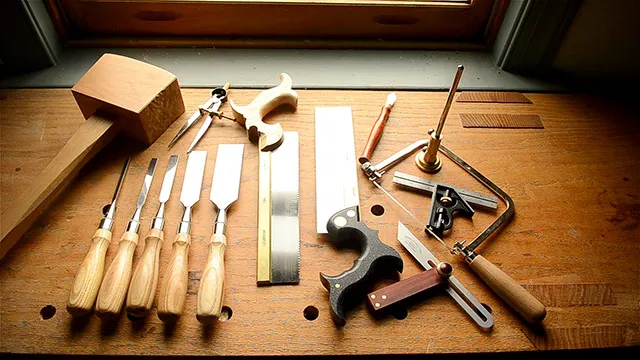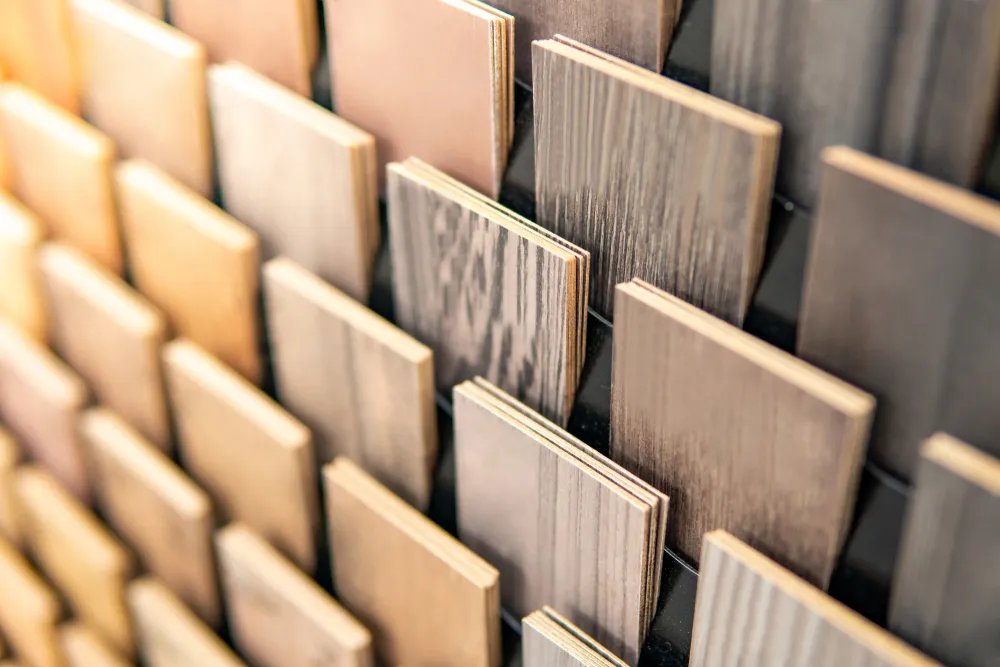Fast Pace Prototyping Services
Rapid prototyping, otherwise known as desktop manufacturing, additive fabrication, solid freeform fabrication, three dimensional printing or layered manufacturing, has always been in the forefront of development and design.
By quickly creating prototypes that are similar to form and function as the actual production unit, developers are able to create a product that meets the expectations of consumers and project sponsors.
Through a combination of rapid prototyping methods and traditional model making, high quality prototypes can be created with less the expense and quicker turnaround times.
Compared to traditional fabrication methods like milling and turning, rapid prototyping is way better in terms of accuracy, speed and quality. By using rapid prototyping techniques complex and intricate shapes can be formed without any complicated machine setup, prototypes can be created from different types of materials or composites, and the process simplifies the whole process of creating a prototype.
Because of the advantage it brings, rapid prototyping services are being offered by companies to engineers and system developers to better understand their product and communicate better with their target clientele. Not only does the technique used by designers, developers and manufacturers, but professions like surgeons, architects, artists and even mere individuals regularly utilize the technology.
Among the services being offered are stereolithography, selective laser sintering or SLS, fused deposition modeling of FDM, laminated object manufacturing or LOM, inkjet-based systems and three dimensional printing or 3DP.
SLS is one of the most used tools in rapid prototyping techniques. In SLS rapid prototyping, a CO2 laser is used to melt powdered thermoplastic materials to create layers. A scanner guides the laser and melts specific areas and materials based on the information fed by the 3D CAD.
Prototypes created from SLS processes are strong and more tolerant to stress. Materials used in the market include DuraForm, CastForm, Somos 201, FR85A and LaserForm. Most of the prototypes created from these materials are usually ready to be used and only require minimal clean up and finishing.
Stereolithography or SLA creates prototype part layers through the use of a solid-state laser. The 3D CAD data guides the laser as it cuts through the surface of a container which normally contains liquid photopolymer material.
In LOM, on the other hand, uses a paper sheet with one side laminated with adhesive. The laser cuts the outline on the paper sheet. This process does not involve any chemical reaction which makes it cheaper and large parts can be made.


